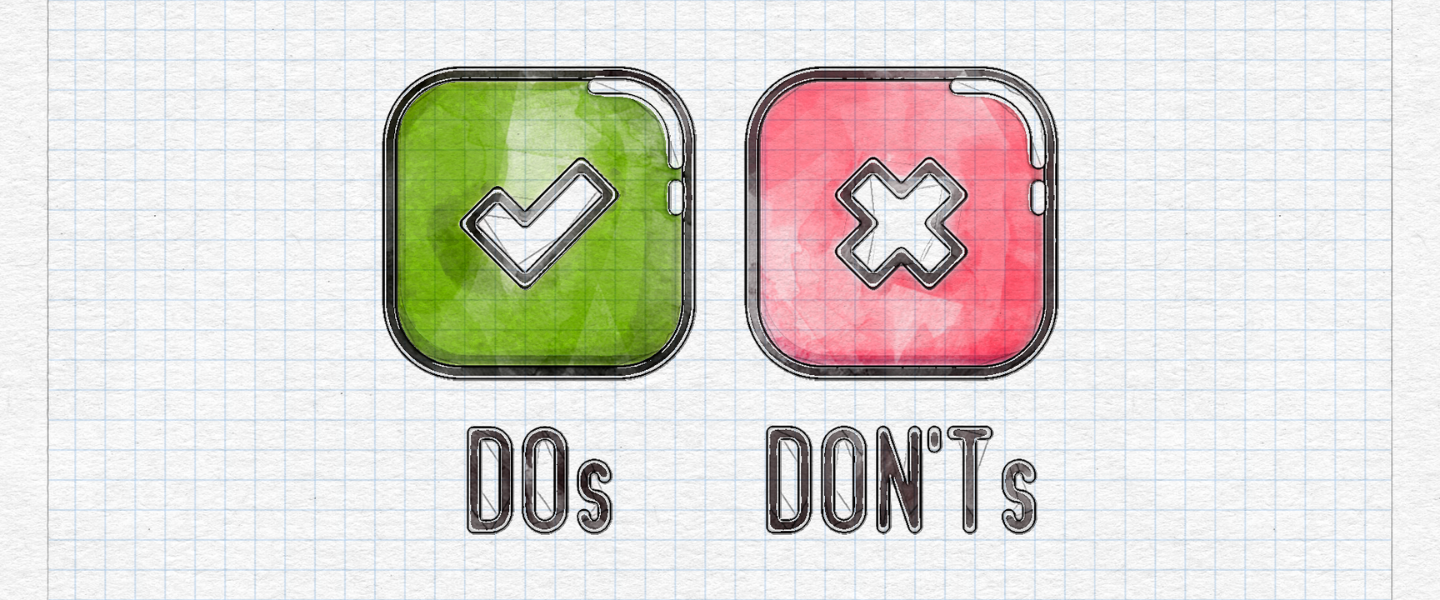Tim Cook, the chief executive officer of Apple Inc., is one of the most influential CEOs of all time. Recently, he was ranked No. 4 in a list of the world’s best CEOs for 2023 in the CEOWORLD magazine. One attribute he possesses that distinguishes him from other leaders is his listening skills. Most people who have been in a meeting room with Tim recount him maintaining deliberate periods of silence in meetings where he listens without interrupting or reacting whatsoever. However, he is the exception, not the rule.
Two out of every three (63%) workers, globally, feel that their managers or employers fail to just listen. In India 17 out of every 20 employees (86%) hold this view. Amongst the younger workers a whooping 93% hold this view – the highest of any country surveyed. This perhaps begs the question – is listening a skill that can be developed? And if it is – is there enough opportunity to do so?
While there is a lot of research on developing the skill to listen, but the opportunity to practice listening is less. In 2015, a study of business schools found that while 78% of schools list “Presenting” as a learning goal, only 11% listed “Listening” as one. Even with ample opportunity to practice, managers may be faced with the challenge of deciphering the most effective way to listen across multicultural and multi-generational workplaces.
Helping managers understand and appreciate the nuances of effective listening can help them build more successful relationships at work. The 3 nuances that managers can pay more attention to, to become better listeners are.
- What are you listening to? What is being said or the manner in which it is said. Managers will concur that younger employees or those working in particular sectors tend to “say what they mean” more frequently. Whereas in certain teams, context and body language, rather than words, might be significantly more useful in comprehending what an employee is saying.
- How much to pause while responding? Some workplace cultures accept interrupting someone mid-sentence to make a point, common and normal. It is not taken as a sign of the other person not listening to what is being said. Whereas letting the other person finish before you respond is seen as a marker for active listening.
- What purpose should listening serve? This is a tricky one – for managers the purpose of listening is usually to build consensus or agreement. Whereas most employees report that if they feel heard and understood, they feel comfortable committing to a decision that they may have originally disagreed with.
An effective way to check active listening in the organisation, is to check if senior management is taken by surprise by the nature of feedback received from employees. Leaders in great workplaces are usually aware of challenges and issues faced by their employees. In these organisations, feedback surveys serve the purpose of validating issues leaders have been hearing in their rather than a tool of discovering employee challenges. When leaders are surprised by survey feedback it is an indicator of gaps in the listening at the senior most level of the organisation. And since culture flows from the top, this could be an indicator of an organisation wide problem.
Below are 5 tried and tested practices that can make your leaders and managers better listeners.
Listening Tours
Listening tours are a valuable tool for leaders to gather feedback, understand employee perspectives, and build stronger relationships with their teams. Making listening tours part of leadership itinerary every quarter will not only improve their listening but will also help them build a stronger leadership brand. Listening tours can be powerful tools for managers too, to gather valuable insights, improve employee engagement, and drive positive change. By actively listening and taking meaningful actions based on the feedback received, managers can enhance team dynamics, boost morale, and foster a culture of trust and collaboration.
Dreamcatchers practice
Through the Dreamcatchers practice, managers at a leading tech company gather workplace dreams of team members through personal talks, or emails or suggestion boxes. In addition to their dreams, the team member can suggest ideas on how their dream can be turned into reality. Managers in this organization have fostered the culture of innovative entrepreneurship simply by listening and responding to the dreams of their team members. This is a great example of Organizational citizenship behavior in action.
Informal Catch ups
It is a common practice in manufacturing companies to organize dinner after all reviews. This helps the senior management employees to meet informally and interact with employees to capture their feedback and understand any issues they face. Managers can also use informal settings like these to gather suggestions and feedback not only on the reviews, performance appraisal etc. but on generic issues troubling employees.
Birthday Chats
In a leading MNC, Birthday Chats feature as one of the most effective listening tools. These take place every two months and are hosted by the CEO. There is no agenda other than giving employees the opportunity to ask questions directly to the CEO in an unguarded environment. Conversations normally cover a wide range of topics such as recent successes, business direction, stock price, economic environment to name but a few, employee benefits to name a few
Role Confrontation Sessions
The HR associates at a leading engineering multinational with Indian roots conduct Role Confrontation Sessions for various teams as per their need. The whole session is about members and managers confronting the truth about their role, handling the feedback with utmost maturity and then together as a team coming to a solution for the betterment of the entire team. This intervention truly binds the team together and reduces ambiguity related to each member’s role. Managers can use this practice to build trust and transparency in their department where people ask questions and get answers in a direct manner.
In summary, while listening is a learnable skill, organizations with great listening cultures don’t leave listening to the manager’s skill level. Instead, they use deliberate, meticulous practices to make listening possible at the highest levels of the organization.









